As drones become a standard tool in public safety, they are proving to be some of the most effective assets in timely search and rescue missions. Navigating everything from densely wooded and rugged rural terrains to urban and suburban areas, drones have quickly become a go-to tool for locating missing people. These recent stories highlight how valuable drones are in missing persons cases, especially for vulnerable groups like the elderly and children, and why so many police departments are making the investment to add drones to their toolkit.
Missing Elderly Found by Police Drone in Wisconsin
When a call came in for a missing 85-year-old man in Wisconsin, it didn’t take long for a drone to join the rescue mission. The Juneau County Sheriff’s Office received a call at 5:00 PM about a man possibly lost and injured in the woods. While many local agencies jumped in action to find the man, they were working against dense forest, cold temperatures, and dwindling daylight, all making the search more serious by the minute.
Around 7:00 PM, the Wisconsin Department of Natural Resources (DNR) put up a thermal drone to aid the search by covering more ground and getting a bird’s-eye view. Within minutes, the man was spotted on the thermal camera. Unfortunately, he was stuck in mud and unable to get out on his own, but the drone was able to lead the grounds crew to the man and get him to safety.
Wisconsin’s DNR has had plenty of experience flying drones for all kinds of missions. “The Wisconsin Department of Natural Resources has become one of the most active drone users in the state, deploying them for environmental monitoring, wildlife surveys, emergency response, and search and rescue,” according to the linked article.
Drone Locates Missing Boy in Minutes
Another timely rescue carried out by drone happened in Massachusetts when an 8-year-old boy walked out of his home into the nearby woods. Multiple first response units were called to the area, including the drone unit of the Northeastern Massachusetts Law Enforcement.
A little over an hour after all teams were deployed, the boy was located by the drone flying over the wooded area. The officer operating the drone was able to guide the rest of the team to the boy’s location.
“This shows exactly why we invested in creating a Drone Unit for the Merrimac Police Department,” said Merrimac chief of police Eric Shears. “We were able to quickly deploy our drone, and it ultimately succeeded in locating this boy in a wooded and hard-to-reach location. I want to recognize the teamwork of the Drone Unit and all the officers on the ground. This was an excellent outcome.”
Police Department in Colorado Received Grant for Drones to help Locate Missing Elderly
Missing people with Alzheimer’s or dementia have become a prominent issue in Colorado, noting that they had 63 Silver Alerts in 2024. For people with such cognitive issues, every minute they are missing is a threat to their livelihood. Traditional methods to track people with these conditions involve GPS-enabled bracelets, but agencies are looking toward newer technologies to locate missing elderly people.
Recently, the focus has shifted to aerial methods to rescue missing elderly in Colorado. Seven police departments have been awarded grant funds to buy thermal drones and to help pay for training their teams in drone operations.
According to the article, drones can cover wide areas in minutes that would take ground crews hours. They are also an extraordinary tool for night searches, where the thermal camera can easily make out a person in the dark, leading to a faster rescue.
"It's really going to cut down on time, especially if you're looking for a kid or somebody with a medical issue, or an elderly person who has dementia. Time is really going to be essential in hopefully recovering that person,” said Lt. Ryan Adrian of Routt County Sheriff’s Office.
While these are only a drop in the ocean of missing persons cases drones have helped solve, there is clear evidence of how valuable they are and how not utilizing them is a disservice to the public. Drones provide an exponential increase in ground surveillance that cannot otherwise happen. Thermal cameras can cut through darkness, dense vegetation, and difficult terrain and can still operate in bad weather, all of which are conditions that slow down and endanger a ground search crew.
By providing an instant bird’s-eye view and precise coordinates, drones accelerate rescue missions and reduce risk for first responders. Together, these stories are prime examples of why agencies across the nation are investing in drone technology. Drones are no longer seen as just helpful tools; they are becoming an essential for saving lives.




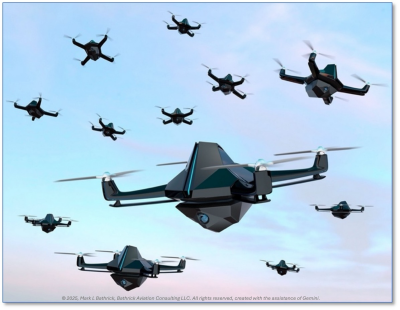
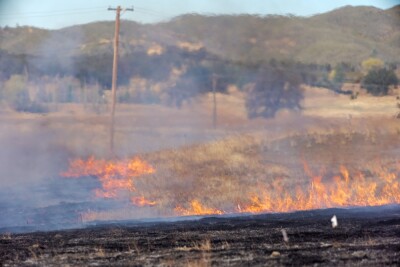

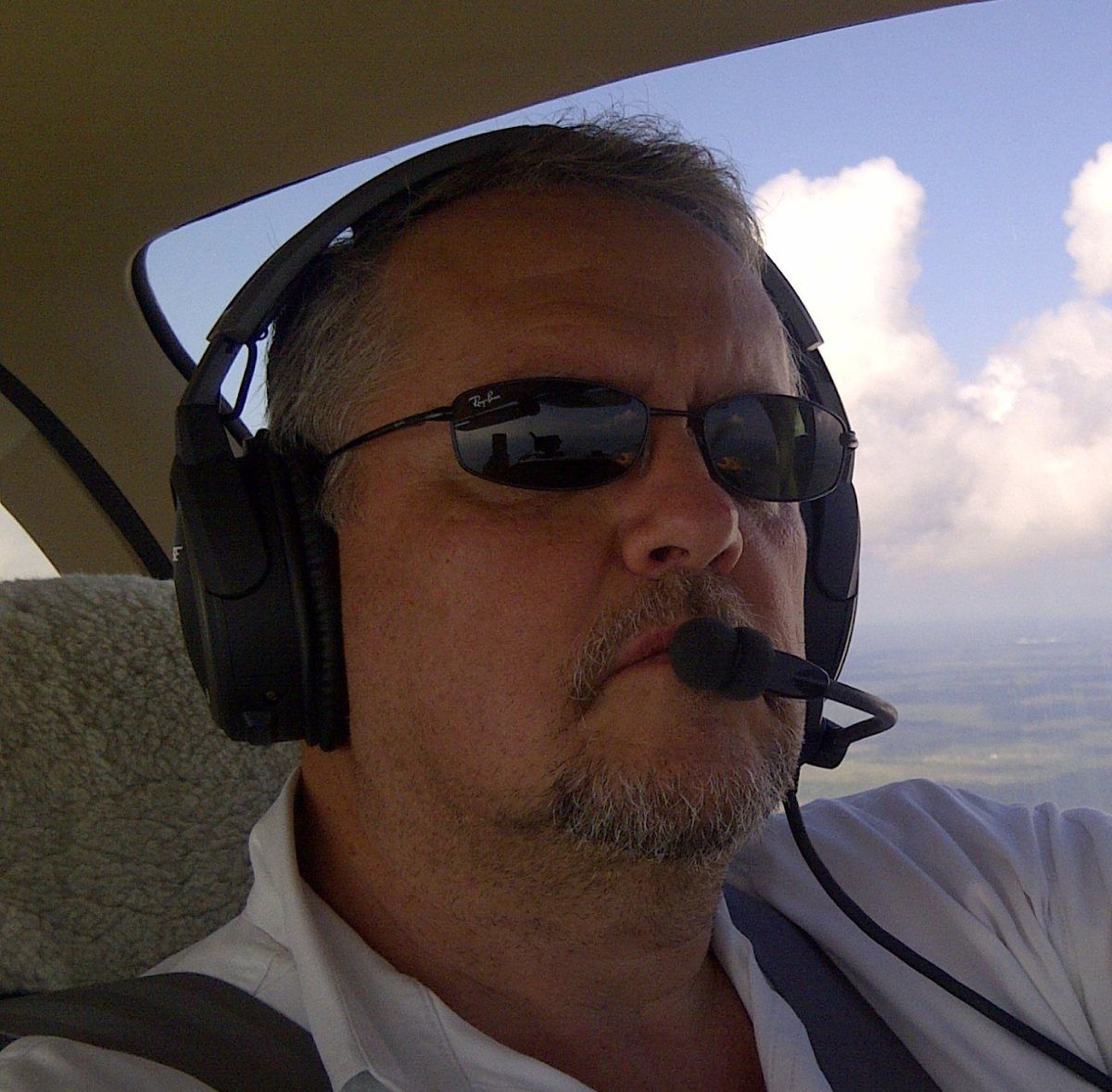




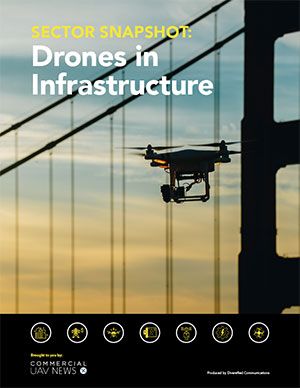
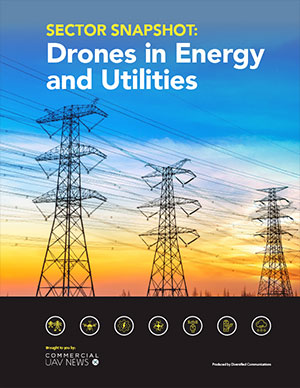
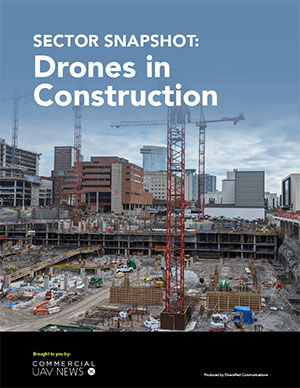
Comments